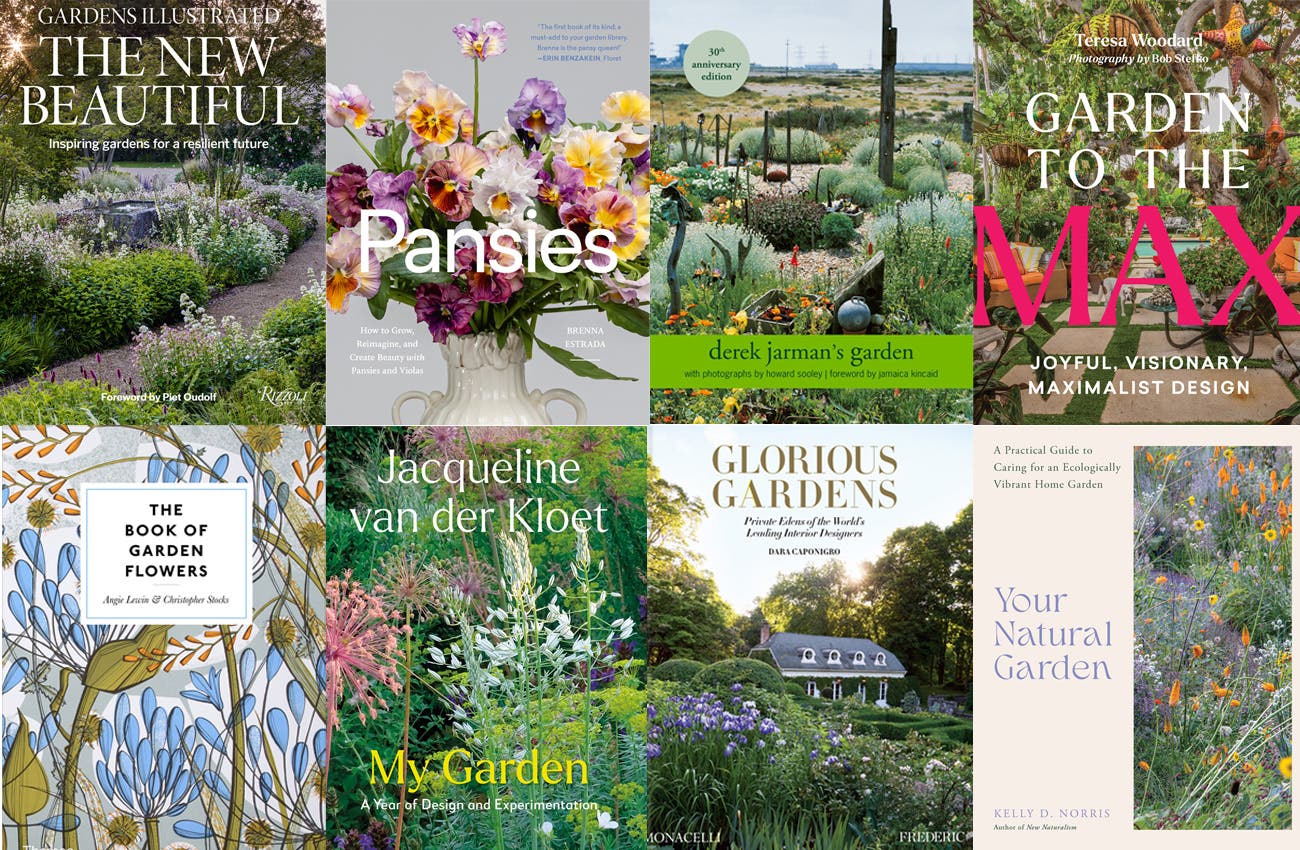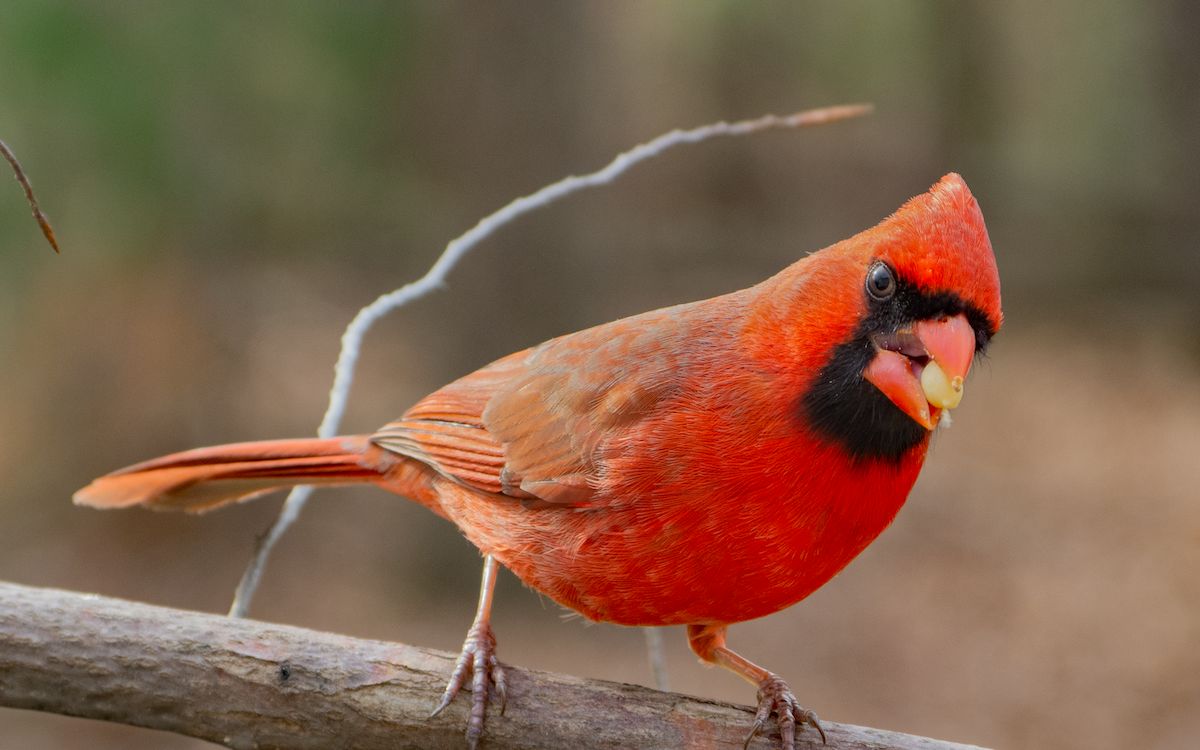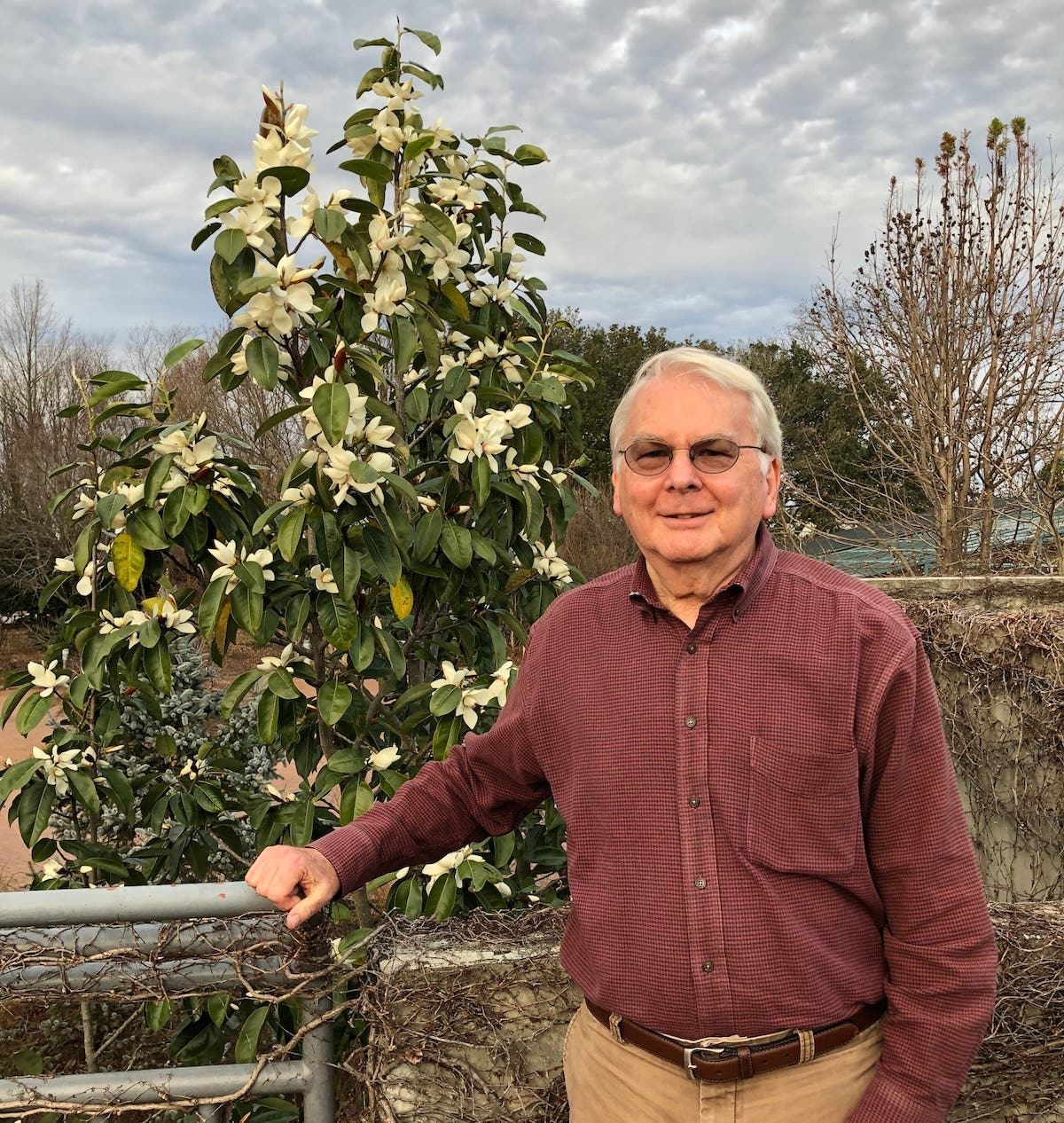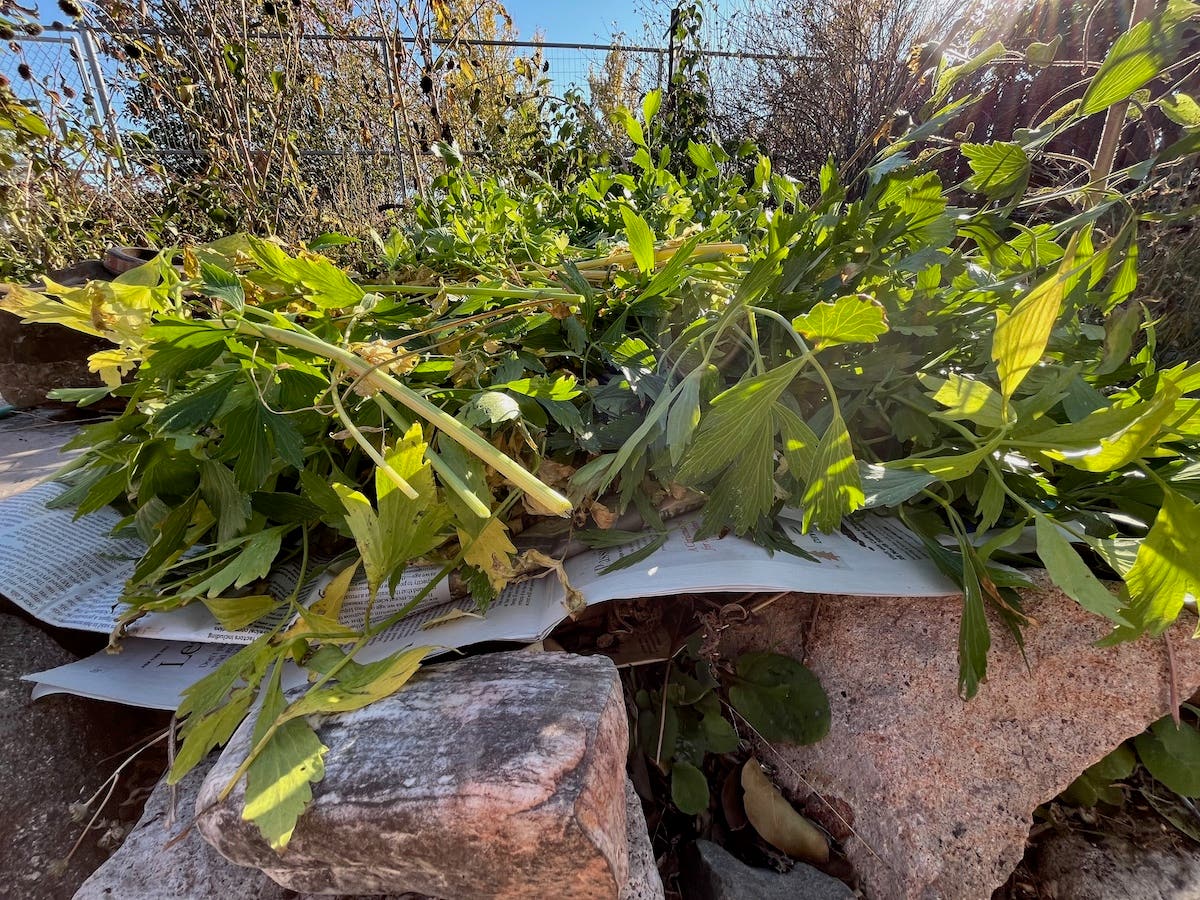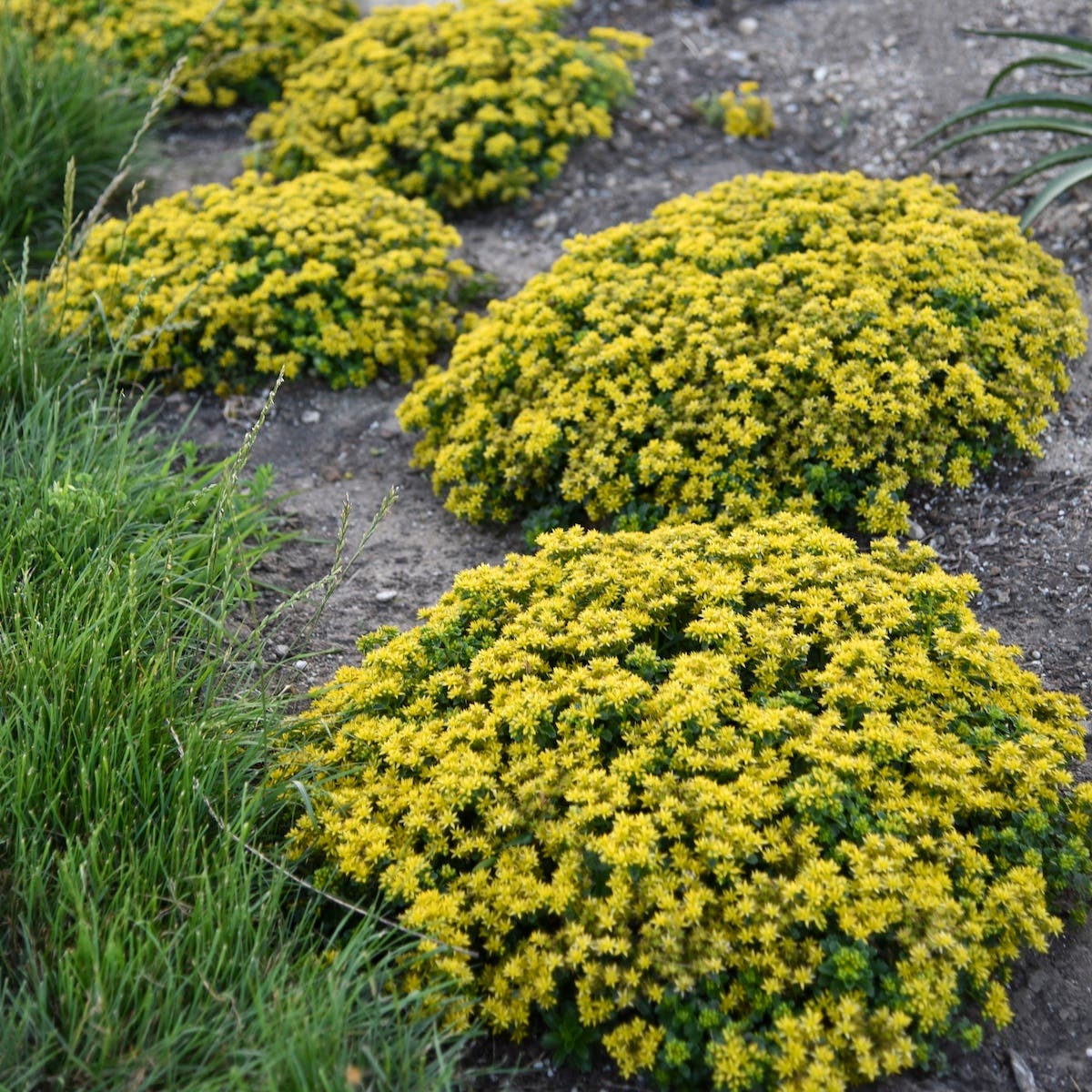Gardening on the Cheap: Homegrown Seeds
Instead of buying seeds next spring, harvest your own this summer and fall. Pam Baggett tells how.
August is synonymous with abundance: tomatoes ripen plump and juicy, bell peppers sweeten to sugary red, zinnias flaunt their crayon-colored blossoms and the musky fragrance of cantaloupe wafts from tangled vines. It’s harvest season, so perhaps you’re busy canning tomatoes or freezing pepper slices for winter pizzas. But there’s another crop ready for picking—it’s time to collect seeds for next year’s garden.
There’s immense pleasure in seed-to-seed gardening. As you come to appreciate a plant’s life cycle through seed saving, your small, humble act grounds you in the deep history of human life. You may be gathering seeds from a cucumber developed by a gardener in the 1800s, or collecting the easy-to-harvest offspring of zinnias, marigolds, cosmos and hibiscus just as your great-grandmother once did. She knew that most seeds were ripe for harvesting when they were hard and dry. Here’s the simple test she likely performed: lightly pinch a sampling between your fingernails. If the seeds don’t dent, they’re mature.
Many of our favorite summer veggies are actually fruits that hide their progeny in tasty packages. Tomato and melon seeds are ripe when the fruit is ready to eat. Green peppers are immature, but deep red peppers contain harvestable seeds. A cucumber or squash must stay on the vine until it’s so overgrown the rind hardens, which saps strength from the plant and reduces subsequent production—not such a bad thing when it comes to zucchini! It only takes one fat cuke or squash to get enough seeds for the average household.
Though ripe seeds have dried to the appropriate state internally, it’s still prudent to remove surface moisture by air-drying them indoors before storing. Spread a single layer over a plate or tray. Label each crop. Leave the seeds in a cool, dry place for two or three days, then pack them into labeled envelopes and store in airtight containers in the refrigerator. The “airtight” part is crucial; if your seeds take up moisture in the fridge, they can deteriorate.
Our seed-saving ancestors didn’t have to deal with one modern complication—hybridization. Seed collected from hybrid plants often produce progeny with little resemblance to the parent. My suggestion with flowers? Try it anyway! Even if your seedlings don’t turn out like the mother plant, they will likely be interesting. It’s tougher to give that advice with veggies, since you’re planning to eat the fruits of your labor. But if you start with non-hybrid plants, sometimes referred to as heirlooms, you don’t have to worry about wild disparities between the parent plant and subsequent crops.
For more info on seed saving, check out plantanswers.tamu.edu/vegetables/seed.html and the book Saving Seeds: The Gardener's Guide to Growing and Storing Vegetable and Flower Seeds by Marc Rogers. A whole new harvest awaits!


